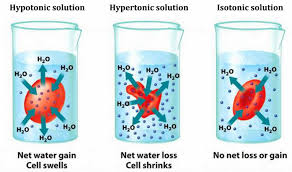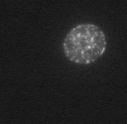Finlandbrews
Well-Known Member
I was just wondering what is the idea with dehydrating dry yeast with distilled water. Wouldn't it be better for yeast to have water with mineral ranges (zinc, calcium, magnesium,...) that will feed their health?
Beside water temperature and volume, what mineral compounds, pH, and other stuff in the water are important to avoid when dehydrating dry yeast?
Beside water temperature and volume, what mineral compounds, pH, and other stuff in the water are important to avoid when dehydrating dry yeast?



























![Craft A Brew - Safale S-04 Dry Yeast - Fermentis - English Ale Dry Yeast - For English and American Ales and Hard Apple Ciders - Ingredients for Home Brewing - Beer Making Supplies - [1 Pack]](https://m.media-amazon.com/images/I/41fVGNh6JfL._SL500_.jpg)






























